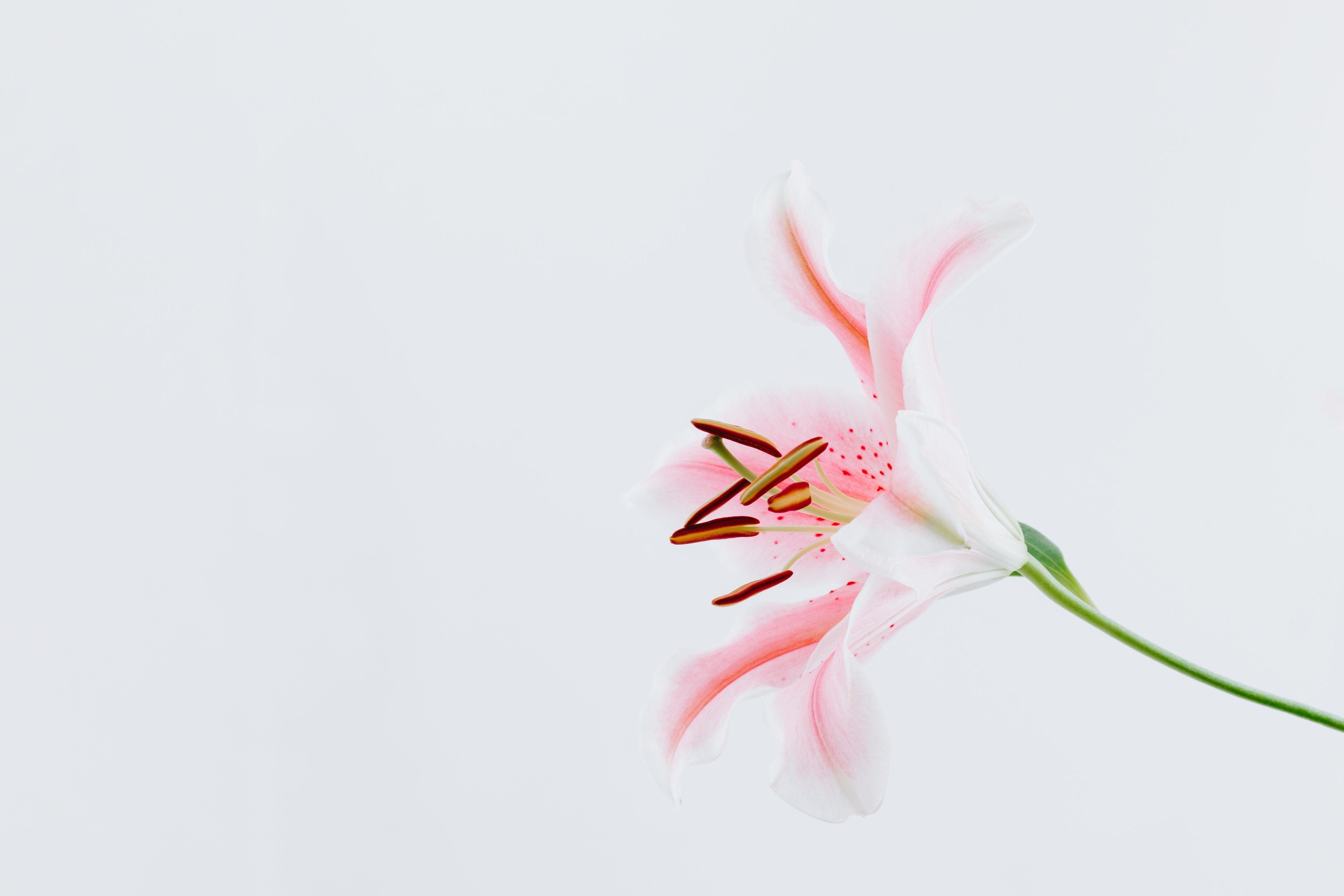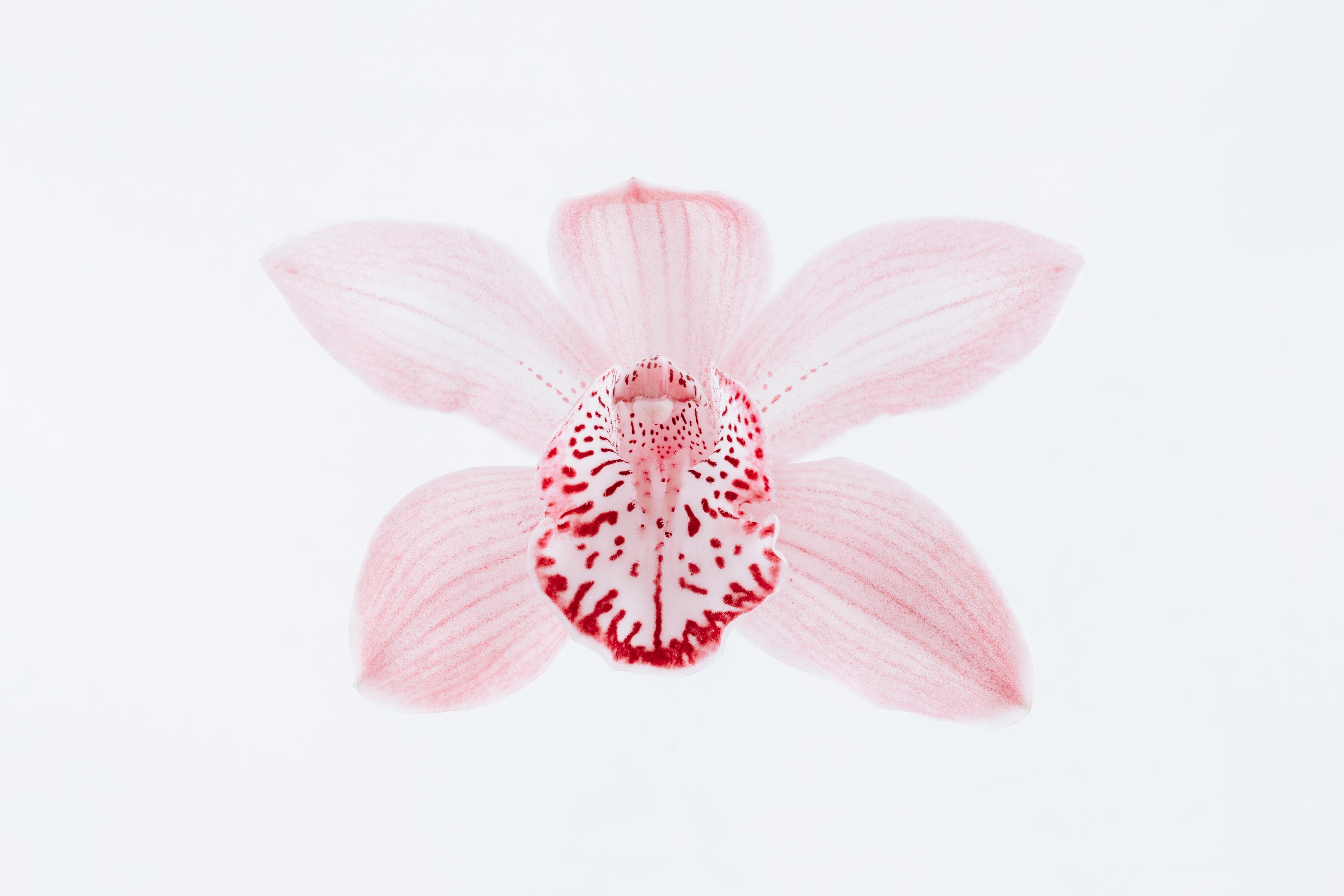
All About Lilies
William Blake, an influential romantic poet, admired lilies for its form and grace to an extent, that he was inspired to pen a poem on the flower.
And so it goes…
The modest Rose puts forth a thorn,
The humble sheet a threat’ning horn:
While the Lily white shall love in delight,
Nor a thorn nor a thread stains her beauty bright.
 Lilies from The Flora
Lilies from The Flora
Big, bright and beautiful- that’s the lily for you! Prominent, trumpet shaped flowers with delicate petals; lilies hold a special place in literature and culture worldwide. Traditional lilies are a member of the genus’ lilium’ which are herbaceous flowering plants growing from bulbs. There are about 100 different species of lilies. They are symmetrical and have three petals surrounded by three sepals and come in a variety of colors like orange yellow, white, pink and purple. Lilies are a favourite with people, who frequently select them for decor arrangements and bridal bouquets.
The bright colours and unusual spots on the petals add up to their personality. The basic lily flower have shapes like trumpet, star, bowl, funnel and recurved, also called Turk's cap. Unlike other flowers, the positioning of lilies are such that they might face up, down or to the side.
Growing LiliesLilies can grow easily and are durable in most environments but do require specific climate and care to thrive well. They cannot tolerate extreme heat or cold. Lilies bloom in early summer, midsummer or early fall depending on the variety. The soil must be quick to drain otherwise lilies are easily susceptible to fungal growth on the roots, stem and leaves. They prefer moist soil that is slightly acidic in nature.
Lilies are native to the temperate regions of Northern hemisphere primarily Asia, Europe and North America.
What are the different types of lilies?
The two main types of lilies are tropical and hardy. Tropical lilies bloom in bright colours and are annuals in cold climates, until they are offered winter protection. Hardy lilies are perennials and are much more versatile than the tropical ones. They bloom from May thru September.Some of the popular variants of lilies are:
Asiatic lilies are the unscented varieties and are one of the easiest lilies to grow probably due to their high hybridization. They can grow anywhere from 2 to 5 feet in height and are some of the first flowers to blossom in the late spring in colours ranging from soft pastels to bold and vibrant ones
Oriental lilies are again one of the most popular ornamental varieties with a strong fragrance and grow as high as 6 ft. Lighted areas that provide partial shade in the midst of the afternoon heat are the most ideal locations for Oriental lilies. These are not one of the easiest varieties to grow and care for.
Aurean Lily or the trumpet lily as the name suggests has trumpet shaped flowers and are very fragrant. They generally bloom before the Asiatic and oriental varieties.
Easter lilies are the popular ones during Easter celebration and are a native of Ryukyu Islands in Japan. These pristine white blooms are trumpet shaped but are much thinner than the Trumpet lily. These lilies in particular are toxic to cats; hence pet owners have to be careful.
Martagon Hybrid lilies are perhaps the most different in shape when compared to the other four varieties. They have very tall stalks with many small blooms with freckles or spots that face downwards.
What is the socio-cultural significance of the lily?
The lily is often associated with the Greek mythological story of Hera and Zeus. Zeus wanted baby Hercules to drink the milk of Hera, his wife. But since Hercules was born of another woman, Hera disagreed. While Hera was sleeping, zeus tried his best to make Hercules drink her milk but that was not to be since Hera awoke and pushed him away! It is believed that the drops of milk that spilled on the ground grew into lilies. This myth associates lily flower with rebirth and motherhood.Some more symbolism around lilies:
- Assyrians and Babylonians associated lilies with the goddess of fertility; Ishtar. Christians associated lilies, especially Madonna lilies, with the Virgin Mary.
- The lily has crucial symbolic function in tarot reading wherein, it represents truth, humility and purity.
- Lilies are also commonly associated with funerals, symbolizing that the soul of the departed has received restored innocence after death.
- They are also deeply connected to devotion or purity, love, friendship, good luck, wealth, prosperity but may vary according to the type and colour of the lily.
What do different colours in lily mean?

- White- purity, virtue
- Pink stargazer- prosperity, abundance
- Red- passion
- Orange-confidence, pride, wealth
- Yellow- thankfulness, desire for enjoyment
When to gift lilies?
Certain ideal occasions for gifting lilies are- Lilies show your devotion and long lasting love towards the other person and makes for an ideal 30th anniversary gift.
- In case of mourning in Britain, Japan and Hungary
- On Easter
- An ideal flower to gift during weddings and to be included in a wedding bouquet.
- Birth of a new baby
- On the Thanksgiving Day.
- A bunch of coloured lilies on Graduation
- Expression of unity between friends
How to arrange lilies and pair them with other flowers?
Lilies have always been recognized for their fragrant and graceful blooms. Lilies in pastel colours of different hybrid varieties make for an eye catching arrangement. Arrange the lilies by adding each flower to the arrangement, stem by stem, turning the arrangement and facing open flowers out. The anthers which are the pollen coated parts at the end of the stamen can stain clothing and furniture so it is better to carefully remove the anthers with a tissue, or pinch them off with your fingers. Adding small filler flowers and greens can accentuate the arrangement.
To create a balanced arrangement lilies can be paired with
- Other form flowers such as Tulips, Hyacinth, orchids, irises
- Oriental lilies paired with Calla lilies
- mass flowers such as roses, daisies, lilac and aster
- flier flowers such as baby’s breath, wax flower
- Button mum and greenery
Cut lilies are thoughtful as gifts and look stunning in any space. Taking good care of lilies ensures that it can be enjoyed for a longer period of time.
- Before placing lilies in a vase, remove the leaves on the lowest part of the stem so that none of them are below the water line.
- Distilled water, free of chlorine is best suited.
- Be sure to change the water in the vase at least every few days.
- Cut flower food can be added to the water to prolong their beauty and longevity.
- Do not use a dull knife or pair of scissor to trim the lily stem, as this may damage the stem and prevent the flower from easily absorbing water.
- Handle the lilies as little as possible and avoid touching the flower to ensure the plant is not damaged during the transfer to a vase.
- A professional way to keep them longer is to clear out the pollen from their center.
How to preserve lilies?
Have you received lilies from a loved one and wondering how you can keep it intact forever? Well, worry not; we have these tips for you to preserve either the whole flower or as single petals. And probably you can also turn them into a work of art!

- The old trick of preserving them within the pages of hardbound books.
- Air drying- Am sure you have heard of this before. Hang the flowers upside down in a warm, dark, dry spot. Remove the bottom leaves and tie the flowers loosely in a bunch. Then all you have to do is wait… sometimes up to 2 months.
- Place the flowers inside an airtight container and cover the base with silica gel. Silica gel acts as a good absorbent and works well to remove the moisture. Now sprinkle generous doses of silica gel again. Wait for a few days until it starts showing the desired results.
Some fun facts
Let us walk you through some of the interesting Lily facts.- The lily is a beautiful flower ranked as the 4th most popular flower across the globe!
- Some species of lilies can be used as food. Bulbs of lily contain a lot of starch and they are used as root vegetables. Besides humans, insects, mice, squirrels and deer often eat wild lilies
- The oil extracted from lilies actually has been found to have healing and softening properties. The oil has been known to work well for cracked and dry skin.
- There are many kinds of flowers which have been called “Lilies” but many of these so-called Lilies such as the day-lily, water-lily, and arum-lily, actually belong to other groups of flowering plants.
- The pollen in lilies can prove to be deadly to cats.
- Apparently, lilies were originally used for funerals because their strong fragrance masked the distinctive odour of decomposition of the body.
Lilies at ‘The Flora’

At The Flora we offer Asiatic Lilies and Oriental Lilies which come in bunches of 4, in colours like pink, yellow and white. Available as cut flowers, you can either get a monthly subscription or order a bunch.


